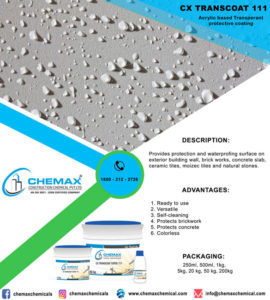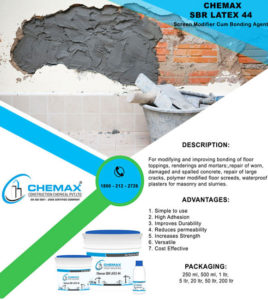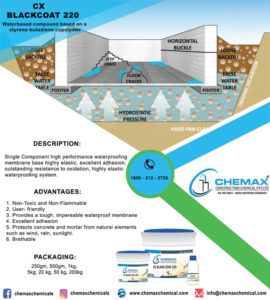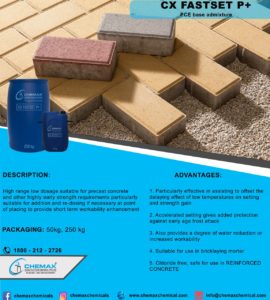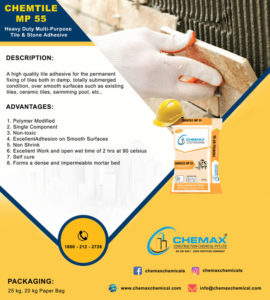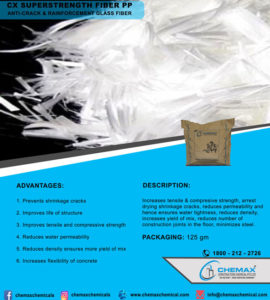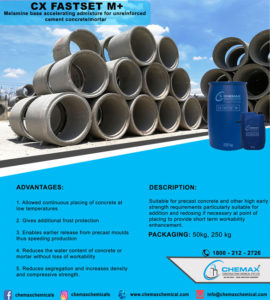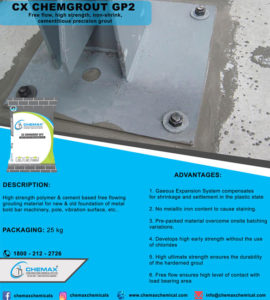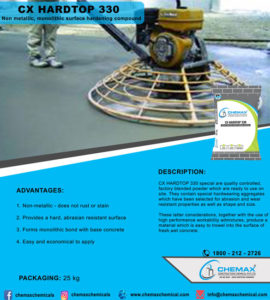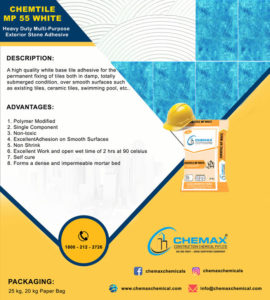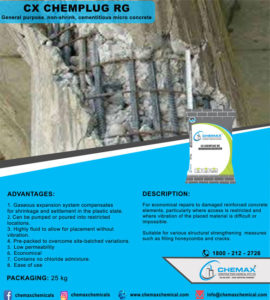Top Techniques for Crack Repair
Our home is the first place that comes to mind when we consider our most significant location. We spend a great deal of valuable time in our home. We spend the most precious moments of our lives in our homes with our loved ones, and you don’t want any issues brought on by poorly built homes to ruin these moments.
Crack Issues
One of the most prevalent problems in our homes is cracks. Our homes’ exterior walls are often coated to keep out weather-related factors like sun, rain, pollution, humidity, and so forth. Consequently, it is the element that these chemicals directly affect and the first layer to fracture as a result. Simple maintenance is required to maintain the durability of these protective layers.
 What factors lead to cracks?
What factors lead to cracks?
Determining the source of a crack in the coating is crucial because it may have resulted from deeper damage or directly from the material it is placed on.
A structural fracture is brought on by the collision of pressure changes in the structure, base movements, or natural settlements of the same building. On the other hand, poor quality connecting materials like plasters and cement can also cause them, as can moisture absorption and retention.
The most frequent causes, also known as hidden defects, are inadequate or low-quality building materials. Another factor is the natural movement of the earth, which includes moderate to severe earthquakes.
The most frequent type of wall penetration is water, which leaves walls dirty and serves as a haven for bacteria, fungi, and mites that can lead to allergies and other illnesses.
The Method and Materials
Epoxy Injections:
This technique is used to seal cracks with an opening of 0.05 mm or more, but it’s important to make sure there aren’t any leaks of water during the process.
For best results, remove any debris, oil, or mildew from the fractured surface before beginning the process.
After the epoxy has been injected, seal the exterior of the structure according to the intended design specifications, such as leaving a shiny patch or sealing the exterior with cementitious material.
Give the epoxy enough time to settle and dry properly after the process is complete.
Cement/Grout Crack Repair
Large-sized cracks naturally developed in large structures and concrete walls. The best course of action in any situation, big or small, is to keep your structure free from issues of any kind. Waterproofing your home and caulking any visible cracks in the structure are two of the best wall crack repair techniques.
Although cement is still frequently used to fill cracks, it is insufficient to fully meet the needs of waterproofing and durability.
Admixture is necessary for cement to overcome cement shortfalls in order to achieve durability and waterproof properties. There are numerous products that work well with cement; select the one that best suits your needs.
SBR Latex
Styrene-butadiene (SBR) latex is an emulsion polymer that finds extensive application in a wide range of industrial and commercial settings. Since styrene and butadiene are two different types of monomers, SBR latex is categorized as a copolymer. While styrene is produced by reacting benzene with ethylene, butadiene is a byproduct of ethylene synthesis.
Two benefits of styrene-butadiene latex are filler acceptance and tensile/elongation balancing. Owing to the copolymer’s versatility, it can be blended in a nearly infinite variety of ways to offer superior adhesion to challenging surfaces and water resistance. Because of its qualities, SBR latex is essential in a growing number of markets.
Routing and Sealing
Because it is the least expensive option for filling cracks, it is the method that users use the most frequently.
The process is quite easy: first, locate the cracks and make sure to enlarge them as much as necessary to stabilize the surface. Next, fill the cracks with the appropriate material, such as cement or concrete.
You should combine with an admixture such as SBR Latex, acrylic polymer, or another bonding material if you require extra tensile strength. Horizontal surface cracks in places like floors, terraces, walkways, parking lots, and industrial complexes are the best candidates for this technique.
Crack Stitching:
The process of filling in and sealing holes and fissures in the mortar repair is known as crack stitching. Large-scale crack filling projects can be completed using this technique.
Wall repairs and strengthening are the main uses for this technique.
Using cementitious grout or another preferred grout material, the method entails drilling a hole on both sides of the crack, inserting stainless steel bars, and locking it in place.




